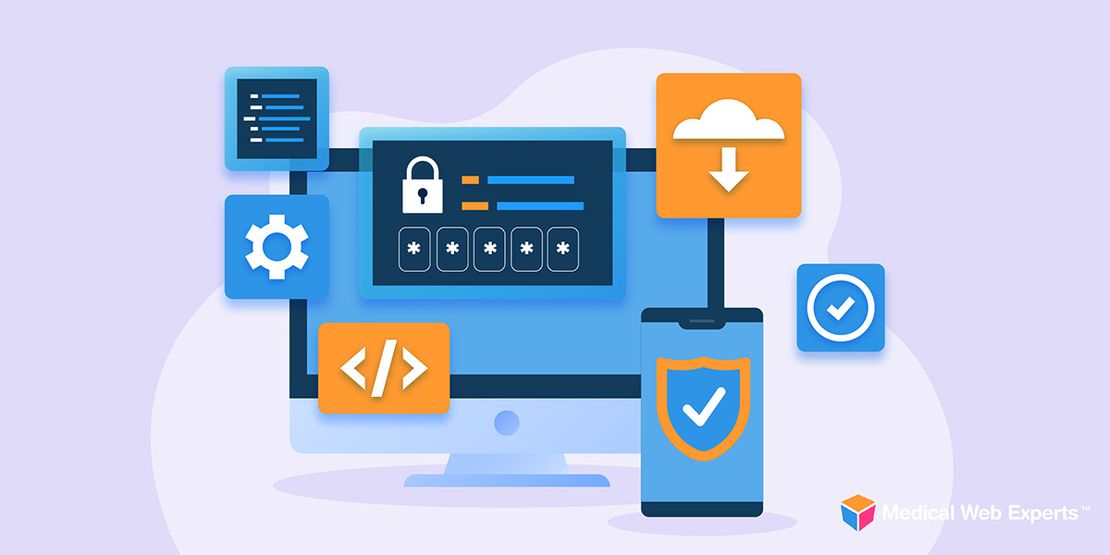The ROI Paradox
Let’s face it, if you are investing time and money into a system meant to improve productivity and a positive return on investment, you are going to want results. That being said, it is a fair assumption that billing and practice management (PM) software systems almost always generate a fast and high ROI for healthcare organizations. It is also fair to say that EMR systems often times generate a negative ROI and in most cases fall short of their ROI expectations. This is especially true when the implementation has been phased in stages over a period of time.
So why is this the case? Follow the money trail. Driving efficiency through the automation of processes is only ONE key component in delivering positive or high ROI. While an EMR may serve to improve efficiencies internally, it is not meant as a vehicle to interact with your patients – and ultimately, patients are the ones bringing money into your practice.
Many PM systems, on the other hand, allow patients to schedule their own appointments. This saves time for an office staff and is convenient for your patients. Plus, the more you interact with patients through the use of software systems, the more likely you are to produce higher ROI.
Setting Patient Portal ROI expectations
Patient engagement can most effectively be accomplished through the use of patient portals. But how do patient portals stack up with ROI? In relative terms, patient portals are less costly than EMR software and practice management systems. With lower investment comes lower inherent risks. This means that even if a low percentage of patients engage with the patient portal, you will still see a positive or high ROI.
So what should you be concerned about in the patient engagement process while keeping an eye on ROI?
Prove the concept first – Integrating an EMR with a patient portal can be complex. With its complexity comes delays and additional costs. Proving that you can engage and have your patients actually use your portal should take precedence over an EMR/PM integration. Surveying your patients formally or informally will go a long way in proving the concept.
Establishing too high of an expectation – Thinking you’re going to get a patient engagement rate of 50 percent by the end of the first year of implementation is unrealistic. This is just an example, but any goals you establish should be realistic – and you should be able to meet them over time. Otherwise, failure and disappointment will be inevitable.
High Cost Solutions – Don’t think that the higher the cost, the better the solution. The more a solution costs means it should address more inefficiencies in your workflow process. If it doesn’t, then why consider?
It’s Not All About Meaningful Use – While you should consider Meaningful Use hen implementing a patient portal, it should not be the only driving factor.
Market Your Patient Engagement Strategy – Consider investing marketing dollars in your patient engagement campaign, whether you do that through your website, an SEO campaign, brochures and posters in the lobby, or by sending postcards to your patient list. Whatever methods you choose, raising patient awareness should be key.
Simplify processes between EMR & patient portal – When the time comes and you have proven your concept, make sure that processes between your EMR and patient portal are unified and simplified. Perhaps you initially only offer access to patient demographics and health history as part of a “Phase 1.” Then in “Phase 2,” you can start to offer an HPI form for patients to indicate why they are seeing the physician. Meanwhile, “Phase 3” could entail an integrated real-time appointment scheduler for patients to schedule their own appointments without having to call in to the office.
However and whenever you implement, keep it simple along the way. Whatever you do, avoid being in a situation like this.
Start with a carefully thought-out and laid-out plan. Seek input from both patients and stakeholders within the healthcare organization. Keep the mileposts achievable and simple. And remember ROI is important, but the end-game in a successful patient engagement strategy is…well, engaging the patient.


